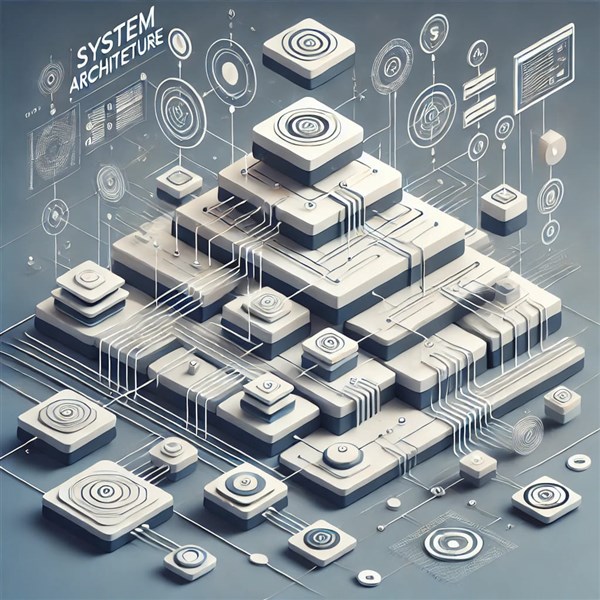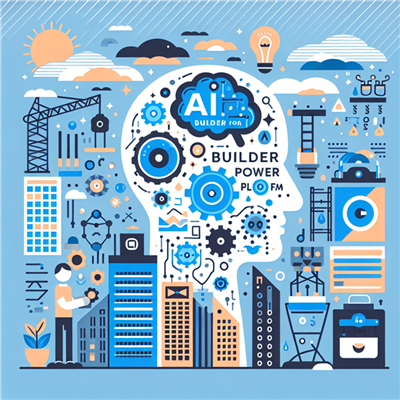
In today’s digital landscape, where technology underpins almost every aspect of our lives, understanding system architecture has become increasingly essential. System architecture refers to the fundamental structure of a system, defining its components and their relationships. Whether you're a developer, an IT professional, or a business leader, grasping the key concepts and principles of system architecture can significantly impact your ability to design, implement, and manage technology solutions effectively.
In the ever-evolving world of technology, understanding system architecture is becoming increasingly important. Companies are in dire need of skilled individuals who can understand, design, and manage complex systems. To cater to this demand, a comprehensive system architecture course is essential to equip professionals with the necessary skills and knowledge.
1. What is System Architecture?
At its core, system architecture outlines how different components of a system interact and work together to achieve specific objectives. It encompasses both the technical aspects (hardware, software, networks) and the logical structure (data flow, processing, interfaces) of the system. A well-defined architecture serves as a blueprint, guiding developers and stakeholders throughout the lifecycle of a project.
2. Key Components of System Architecture
Understanding the essential components of system architecture is crucial for effective design and implementation. These components typically include:
- Hardware: The physical devices and machinery that form the foundation of the system, including servers, routers, and workstations.
- Software: The applications and programs that run on the hardware, which can be further divided into system software (operating systems, middleware) and application software (user applications, enterprise applications).
- Data: The information that the system processes, stores, and manages. This includes databases, data models, and data flow between components.
- Network: The communication pathways that connect hardware components, enabling data transfer and interaction between users and systems.
- Users: The individuals who interact with the system, including end-users, administrators, and stakeholders. Understanding user needs and behaviors is critical for designing user-friendly systems.
3. Principles of System Architecture
To build effective systems, architects adhere to several fundamental principles:
- Separation of Concerns: This principle advocates dividing a system into distinct components, each addressing a specific concern or function. This separation simplifies development, maintenance, and scalability.
- Modularity: Creating modular components allows for easier updates, replacements, and testing. A modular approach enhances reusability and reduces the risk of widespread system failures.
- Scalability: A well-designed system should accommodate growth without significant rework. Scalability ensures that the system can handle increased loads, whether through horizontal scaling (adding more machines) or vertical scaling (enhancing existing machines).
- Interoperability: Systems often need to interact with other systems or components. Interoperability ensures seamless communication and data exchange, facilitating integration with third-party applications and services.
- Performance: An efficient system must meet performance requirements, including response times, throughput, and resource utilization. Architectural decisions can significantly impact performance, necessitating careful planning.
- Security: Security is a critical consideration in system architecture, encompassing data protection, access control, and threat mitigation. Architects must design systems that safeguard sensitive information and comply with relevant regulations.
4. System Architecture Models
Several architectural models help professionals visualize and implement system architecture effectively. Some of the most common models include:
- Monolithic Architecture: In this traditional model, all components are tightly integrated into a single application. While monolithic systems can be easier to develop and deploy initially, they can become challenging to manage and scale over time.
- Microservices Architecture: This modern approach breaks applications into smaller, loosely coupled services, each focusing on a specific functionality. Microservices facilitate agility, scalability, and easier deployment but introduce complexity in managing inter-service communication.
- Event-Driven Architecture: This model revolves around the production, detection, and reaction to events. It enables real-time processing and is especially useful for applications requiring high responsiveness.
- Service-Oriented Architecture (SOA): SOA promotes the use of services to support business processes. Services can be independently deployed and updated, allowing for greater flexibility and scalability.
5. The System Development Life Cycle (SDLC)
Understanding the System Development Life Cycle (SDLC) is vital for implementing system architecture effectively. The SDLC outlines the stages involved in developing a system, including:
- Planning: Identifying system requirements, objectives, and feasibility.
- Design: Creating architectural blueprints and technical specifications.
- Development: Writing code and building the system according to design specifications.
- Testing: Verifying the system's functionality and performance against requirements.
- Deployment: Implementing the system in a live environment.
- Maintenance: Continuously monitoring and updating the system to address issues and accommodate changes.
6. Challenges in System Architecture
While understanding system architecture is critical, architects often face various challenges:
- Rapid Technological Changes: Keeping up with emerging technologies and trends can be daunting. Architects must adapt their designs to incorporate innovations while ensuring compatibility with existing systems.
- Complexity Management: As systems grow in complexity, managing dependencies and interactions becomes more challenging. Proper documentation and visualization techniques are essential for maintaining clarity.
- Stakeholder Communication: Aligning stakeholders’ expectations with architectural decisions can be difficult. Effective communication skills are crucial for bridging the gap between technical and non-technical stakeholders.
- Budget Constraints: Architects often work within tight budgets, requiring them to prioritize features and make trade-offs. Balancing quality, performance, and cost can be a significant challenge.
7. Conclusion
Understanding system architecture is essential for anyone involved in technology development, from IT professionals to business leaders. By grasping the key concepts and principles, individuals can contribute to creating systems that are scalable, secure, and efficient. As technology continues to evolve, staying informed about architectural trends and models will be crucial for success in the ever-changing digital landscape.
In conclusion, understanding system architecture is critical in today's technological landscape. The system architecture course offered by Koenig Solutions , a leading IT training company, provides you with the necessary skills and certification to excel in your career.







COMMENT